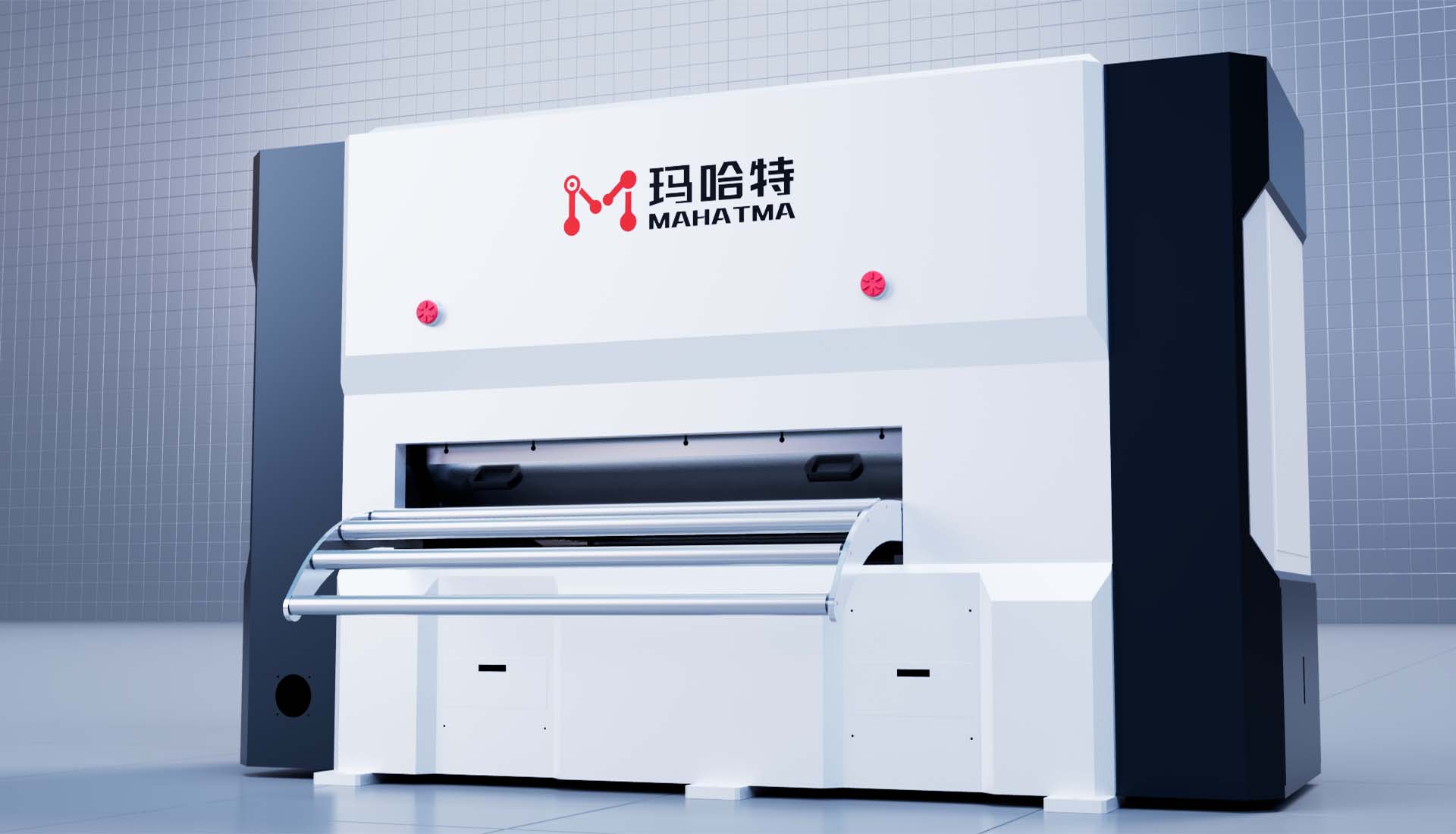A straightening machine is a mechanical device that is designed to straighten and align metal parts that have been bent or deformed. These machines are commonly used in the manufacturing industry to straighten parts that have been damaged during the manufacturing process or during transportation.
Straightening machines can be used to straighten a wide variety of metal parts, including shafts, bars, tubes, pipes, and wires. They are often used in industries such as automotive, aerospace, construction, and metal fabrication.
There are several different types of straightening machines available on the market, each designed for specific applications. Some of the most common types of straightening machines include roller straightening machines, hydraulic straightening machines, and mechanical straightening machines.
Roller straightening machines are the most basic type of straightening machine and are often used for smaller parts. They consist of a set of rollers that are arranged in a specific pattern to straighten the part as it passes through the machine. The rollers are usually made of hardened steel and are designed to apply pressure to the part to straighten it.
Hydraulic straightening machines are more advanced and are capable of straightening larger and more complex parts. These machines use hydraulic cylinders to apply pressure to the part to straighten it. The cylinders are controlled by a computer system that ensures that the part is straightened accurately and precisely.
Mechanical straightening machines are similar to hydraulic straightening machines, but they use mechanical force instead of hydraulic pressure to straighten the part. These machines are often used for smaller parts that do not require the precision of a hydraulic machine.
Regardless of the type of straightening machine used, the process of straightening a metal part involves several steps. The first step is to determine the extent of the damage to the part and the amount of force required to straighten it. This is usually done using specialized measuring instruments that can accurately assess the degree of deformation in the part.
Once the extent of the damage has been determined, the part is placed in the straightening machine and the process of straightening begins. The machine applies pressure to the part in a controlled manner, gradually straightening it until it is within the required tolerances.
After the part has been straightened, it is usually inspected to ensure that it meets the required specifications. This may involve using specialized measuring instruments to check the dimensions of the part or performing a visual inspection to ensure that there are no defects.
Overall, straightening machines are an essential tool in the manufacturing industry. They enable manufacturers to straighten damaged parts quickly and efficiently, reducing the amount of scrap and waste generated during the manufacturing process. With the ability to straighten a wide variety of metal parts, these machines have become an indispensable part of many manufacturing processes.

